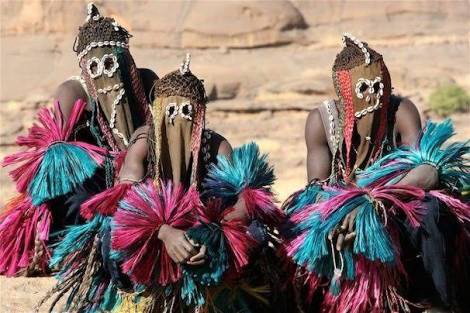From culture and religion to political design, Western civilisation has documentedly affected Africa. In any case, Africa isn’t a country.
A few networks and clans have stayed undisturbed by the spread of civilisation, bringing about exceptional dress, traditions, customs, and ways of life.
These clans in Africa actually make due in an uncouth air pocket right up ’til the present time, keeping customs since quite a while ago deserted by the remainder of the world and giving anthropologists with a great deal of data on the way that societies have advanced after some time.
The following are five African clans who have stayed untainted by human progress:
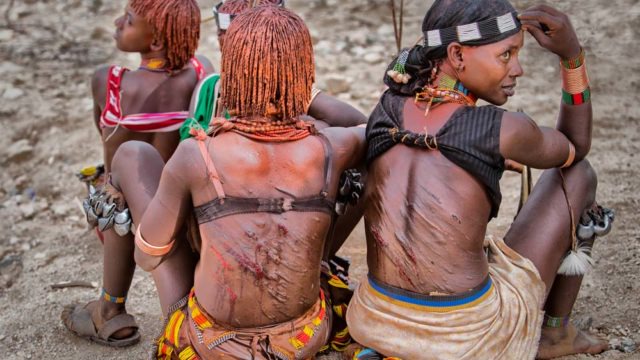 1. The Hamer Public
1. The Hamer Public
The Hamer public live in the Omo Valley in south-west Ethiopia.
They live in cottages and networks and have figured out how to safeguard their unmistakable culture, in which young fellows get around bulls to move into masculinity and ladies volunteer to be whipped by recently started men.
They are agro-pastoralists, which implies they raise harvests and domesticated animals. Numerous parts of their old confidence are as yet polished today. They think, for instance, that regular articles like shakes and trees have spirits.
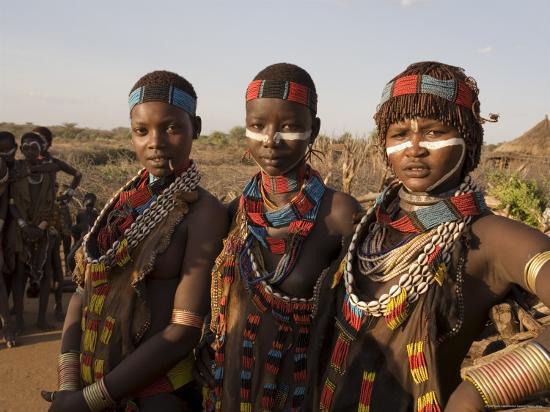 2. The Bayaka Public
2. The Bayaka Public
The Bayaka live in the southwestern Focal African Republic, and their numbers are supposed to be continually declining.
The rainforest, which is their local climate, is continually compromised by illicit mining, annihilation, and deforestation.
They are known as the timberland individuals, and they are specialists in extricating assets from their environmental elements. They are migrant trackers and finders.
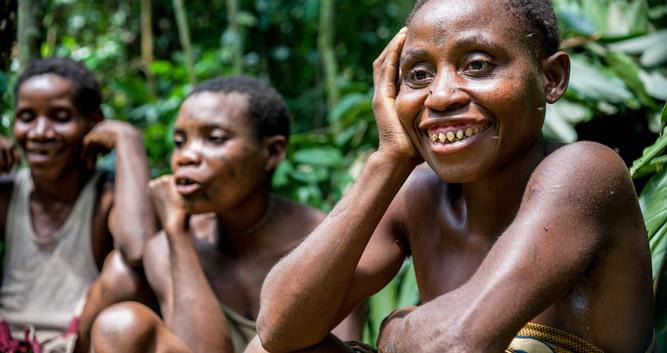 3. Dogon Individuals
3. Dogon Individuals
The Dogon are a Mali ethnic gathering who live on the focal level. They are believed to be Egyptians who have figured out how to keep their way of life alive after some time.
They live in rough slopes, mountains, and levels generally. Horticulture, leatherwork, and art are their principle organizations.
Cover moves, wooden carvings, and design are likewise famous among the Dogon. The Dogon, in the same way as other African human advancements, are ranchers who develop millet, sorghum, rice, just as peanuts, onions, and tobacco.
4. The Karo Public
The Karo Clan is one of Africa’ s littlest native gatherings, with an expected number of 1, 000 to 2, 000 individuals. The Lower Omo Valley in Southern Ethiopia is home to this ethnic gathering.
To pass on magnificence, the Karo utilize a combination of white chalk, yellow mineral stone, iron metal, and charcoal to paint their bodies.
Body scarification, a custom passed down to show social character and collective standing, is one more emblematic exceptionally drilled by this gathering.
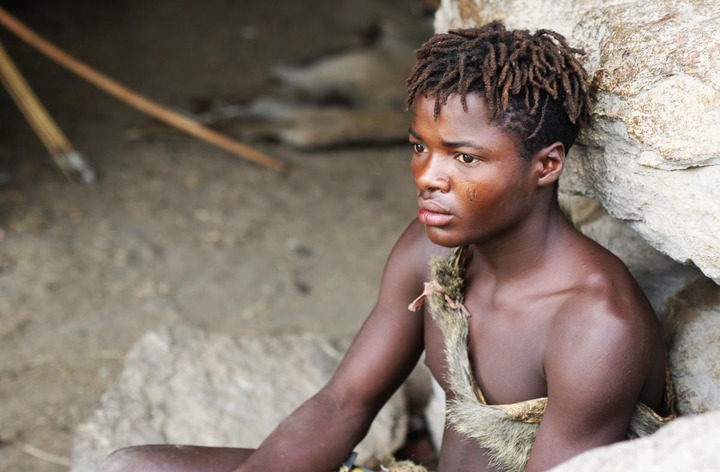 5. The Hadzabe Public
5. The Hadzabe Public
The Hadza clan, who live on the shores of Tanzania’ s Lake Eyasi in the Incomparable Crack Valley, have kept up with their lifestyle for very nearly 10, 000 years. The Hadza clan’ s language is one of the most interesting pieces of their way of life.
They communicate in an unconventional snap language that has prompted hypothesis that they are connected to the Kalahari Desert’ s Khoisan.
Wild natural products, tubers, and roots are the principle wellsprings of nourishment for this Tanzanian clan. They are likewise eager trackers who shoot gazelle, bison, and birds with bows and bolts.
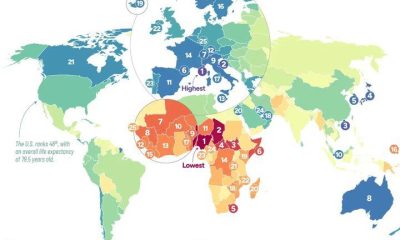
 Comments and Issues1 week ago
Comments and Issues1 week ago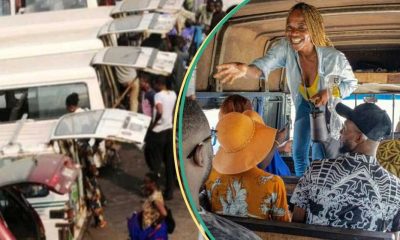
 Latest7 days ago
Latest7 days ago
 Latest1 week ago
Latest1 week ago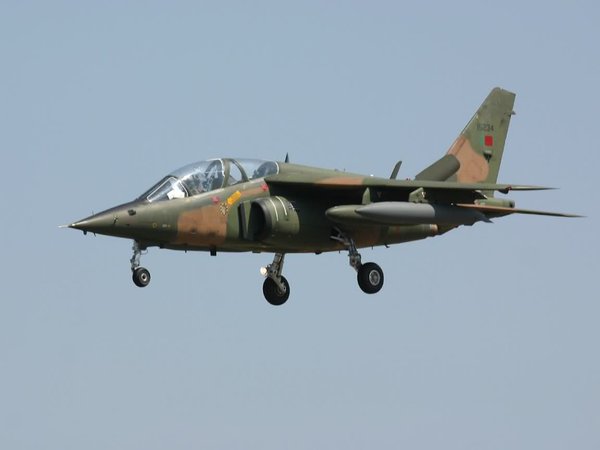
 Comments and Issues1 week ago
Comments and Issues1 week ago
 Uncategorized6 days ago
Uncategorized6 days ago
 Labour1 week ago
Labour1 week ago
 Business6 days ago
Business6 days ago
 Business5 days ago
Business5 days ago
